2016.05.23
Defeat of Japan and U.S. Occupation of Ryukyu Islands
By Hoshin Nakamura
Instructor
NPO Okinawa Language Center
On Sunday morning Dec. 7, 1941, the Imperial Japanese Navy attacked the United States naval base at Pearl Harbor in which more than 2,400 U.S. sailors died. This ignited the Pacific War between the U.S. and Japan.
Japan fought losing wars in all areas of Asia and the Pacific, and she finally surrendered after the two atomic bombs were dropped in Hiroshima and Nagasaki on Aug. 6 and Aug. 9, 1945, respectively.
About 3.1 million Japanese soldiers and civilians died in the WWII. The Battle of Okinawa was fought between Mar. 26 and Sep. 7, 1945, in which 188,136 Japanese, of which 122,228 were the Ryukyuans, and 12,520 Americans died according to the statistics issued in 1976 by Okinawa Prefectural Government Support Division.

There have been several large-scale demonstrations over the years against the U.S, Military presence on Okinawa.
After the unconditional surrender of Japan, the people of the Ryukyu Islands became independent from Japanese control but became dependent on the U.S. Armed forces until 1972. The U.S. military forces confiscated the island people’s villages and their farmlands. After the US-Japan Peace and Security was concluded between Tokyo and Washington, the Ryukyus became like a semi-independent nation having its own government called the “Government of the Ryukyu Islands” (GRI) starting from 1952, which was under the USCAR (United States Civil Administration of the Ryukyus) that was established in 1950. Neither GRI nor USCAR were UN members, and consequently, Ryukyu people became politically ambiguous citizens.
Many problems emerged from such abnormal political conditions. First, the island people traveling abroad carrying the USCAR passport issued by the High Commissioner (a 3-star general) were stopped at the airport immigration.
Second, neither the U.S. nor the Japanese Constitutions applied to the island people. Therefore, they were ruled by the USCAR Proclamations, High Commissioner’s Ordinances, and such.
Third, whenever the U.S. soldiers or their dependents committed crimes, such as rapes, murders, deaths by military traffic accidents, and so on, the police and the courts of the GRI were given no rights to handle the cases but only the U.S. M.P. and the military courts were allowed to do the job, and many American criminals were sent back home free.
Because of such undemocratic and abnormal conduct and unfair treatment of the island people by the U.S. military, the island-wide reversion movement took root, so that the island people might be able to become free from the U.S. control and live peacefully under the Article 9 of Japanese Constitution.
The Ryukyu’s reversion took place on May 15, 1972 when the last U.S. High Commissioner, Lt. Gen. James B. Lampert left Okinawa for Washington D.C.
After the reversion of the Ryukyus, Masahide Ota was elected the governor of Okinawa. Ota is one of the survivors of the Battle of Okinawa. During the war, he was a teen-age boy but the Japanese military recruited him to fight against the allied forces on Okinawa in 1945. Many of his classmates died in the battle.
After the war, Ota attended a university in the U.S.A. majoring in political science. Coming back to Okinawa after graduation, he taught political science at the University of the Ryukyus until he retired.
Then he became the governor. He had two major dreams to achieve during his time in the office. One of his dreams was to construct the “Cornerstone of Peace” that was built in 1995 in the southern part of Okinawa where the most island people lost their precious lives. The stone panels have the inscription of all the names of the fallen during the Battle of Okinawa regardless their nationality, status, or gender.
This is the very expression of the Ryukyuan spirit of “Ichariba choodee” that means “Whoever you happen to meet and talk, you are his/her brother and sister.”
Ota’s another dream was to construct the “World Peace Center,” which he could not do, because he lost the gubernatorial election after serving two four-year terms. Therefore, he privately opened Okinawa International Peace Research Institute in 2013 in Naha City.
The island people were shocked to discover that they’d be ruled by both Tokyo and Washington D.C. The confiscated lands have still been kept as the military bases on Okinawa that consist of 74% of all U.S. military installations in Japan.
The island people have been fed up with so many military-base-related crimes, accidents, environmental pollution, and more for the past 71 long years. How is it possible for any nation to occupy and control the lands of a foreign country for so many years? If any American state or Japanese prefecture had 74% of all foreign military facilities in their backyard, how would they feel about it?
Moreover, against the will of the Okinawan people, both Japan and the U.S. have started constructing a new military airfield in Henoko by reclaiming the beautiful natural beach in the north eastern part of Okinawa, claiming Henoko is the ONLY place to move the Futenma air strip. In front of Camp Schwab, people opposing the construction of the new airfield have been protesting about 600 consecutive days by now. The Henoko Fund to stop the new base construction reached ¥554 million by March 16, 2016, and the amount is increasing day by day.
“The United States of America confidently claims that democracy is a best form of government and that freedom and fundamental human rights must be respected. The people of the Ryukyu Islands totally agree with and wholeheartedly support such ideas and values.
Why then democracy is taken away from the island people? Why the freedom and basic human rights are not respected here on the Ryukyus? Why self-determination of the local people has been ignored and rejected?
These are the crucial questions that the island people have been asking for many years.
You can register and join the discussions in the course on “A History and Culture of the Ryukyu Islands” at NPO Okinawa Language Center in Mekaru, Shintoshin, Naha City. Tel. 098-943-1852
-
Freedom

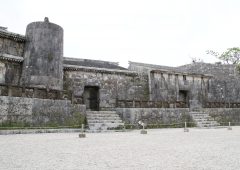 2024.07.07
2024.07.07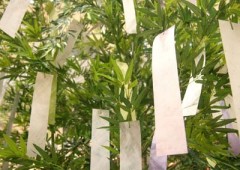 2024.07.02
2024.07.02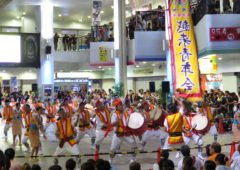 2024.06.11
2024.06.11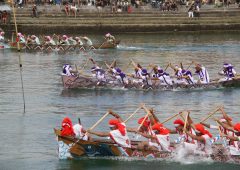 2024.06.03
2024.06.03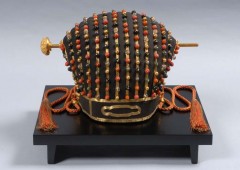 2024.05.02
2024.05.02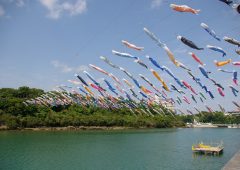 2024.04.26
2024.04.26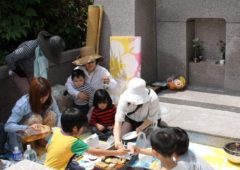 2024.04.04
2024.04.04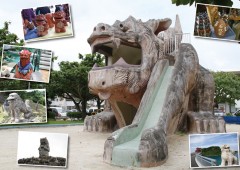 2024.04.02
2024.04.02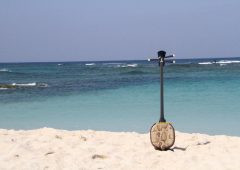 2024.03.03
2024.03.03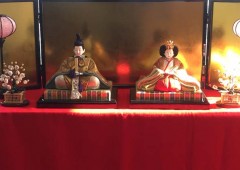 2024.02.26
2024.02.26






